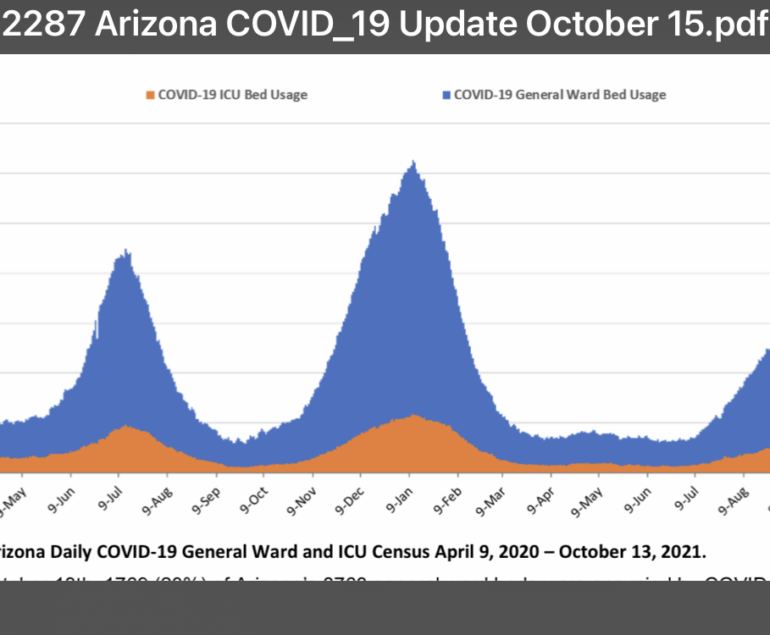The XEC and MV.1 variants are newly identified strains of the COVID-19 virus. While research is ongoing, they are believed to be sublineages of Omicron with increased transmissibility, and possibly some immune evasion. However, there is limited evidence at this point suggesting they lead to more severe disease.
These variants exhibit mutations that may enhance transmissibility and immune evasion, though there’s no current evidence suggesting they cause more severe disease than earlier variants. Both variants are closely monitored for potential increases in infection rates and their ability to bypass immunity from previous infections or vaccinations.
- XEC: This variant appears to be circulating predominantly in parts of Europe and North America. It has been identified through genomic sequencing, and scientists are tracking its spread to assess any notable shifts in transmission dynamics or vaccine effectiveness.
- MV.1: The MV.1 variant has been detected in multiple countries but is currently less widespread than XEC. Early reports indicate circulation in Asia and parts of Europe, but global health agencies are keeping a close watch on its spread and potential impacts.
Both variants are being closely monitored to determine if they will become more widespread. The new COVID-19 booster vaccines, targeting Omicron subvariants (particularly XBB.1.5), are expected to offer protection against severe outcomes from XEC and MV.1, though real-world data on their specific effectiveness against these strains is still being collected.
Yiu can track which strains of the virus are circulating in Arizona by visiting TGen”s Pathogen Center at: Arizona COVIDseq Tracker

